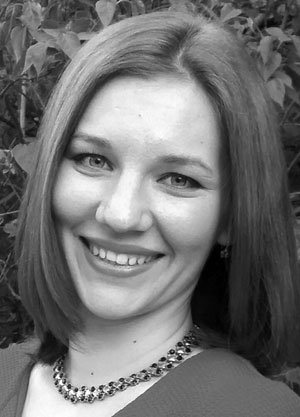The effect of rhythm and tempo of aerobics classes on psychophysiological and electroneuromyographic characteristics
Фотографии:
ˑ:
Yu.G. Kalinnikova
E.S. Inozemtseva, associate professor, Ph.D.
L.V. Kapilevich, professor, MD. National Research Tomsk Polytechnic University, Tomsk
E.S. Inozemtseva, associate professor, Ph.D.
L.V. Kapilevich, professor, MD. National Research Tomsk Polytechnic University, Tomsk
Key words: rhythm and tempo, aerobics, psychophysiological status, electroneuromyography.
The use of music accompaniment of different rhythm and tempo at aerobics classes is its methodological feature that distinguishes it from other means of physical education. The choice of specific music rhythm is an essential condition of pedagogically correct organization of training in aerobics.
The rhythm of nervous processes and therefore the music accompaniment characteristics with their rhythmic properties like rhythm, metre and tempo are of special importance in formation of the dynamic stereotype.
However, music sound itself is a rhythmically organized phenomenon. Consequently, the means of the rhythm and tempo organization of the music accompaniment contribute essentially to the psychophysiological effect of the aerobics training process.
Human emotional response influenced by music accompaniment is a psychophysiological act where motor and vegetative components are closely correlated, so music rhythm has a significant potential of the physiological effect on people from different age groups.
The purpose of the study was to analyze the effect of rhythm and tempo of aerobics classes on psychophysiological and electroneuromyographic characteristics of female students’ body.
References
1. Garipova, N.M. On the mechanisms of the emotional effect of music / N.M. Garipova // Vestnik MGOU. Series “Psychological sciences”. – 2011. – № 2. – P. 156–162. (In Russian)
2. Inozemtseva, E.S. Music and rhythmic education: guidance / E.S. Inozemtseva. – Tomsk, 2011. (In Russian)
3. Ovchinnikova, T.S. The study of the effect of music rhythms on a person / T.S. Ovchinnikova, T.G. Kuznetsova, M.V. Gorbacheva // Musykal’naya psikhologiya i psikhoterapiya. – 2011. – № 4(25). – P. 41–46. (In Russian)
4. Pavlov, I.P. Twenty year experience of studies of the animals’ higher nervous activity (behavior) / I.P. Pavlov. – Moscow, 1951. – 656 P. (In Russian)
5. Khomskaya, E.D. Brain and emotions / E.D. Khomskaya, N.Ya. Batova // Neuropsychological studies. – Moscow: Rossiyskoe pedagogicheskoe agentstvo, 1998. – 268 P. (In Russian)



 Журнал "THEORY AND PRACTICE
Журнал "THEORY AND PRACTICE